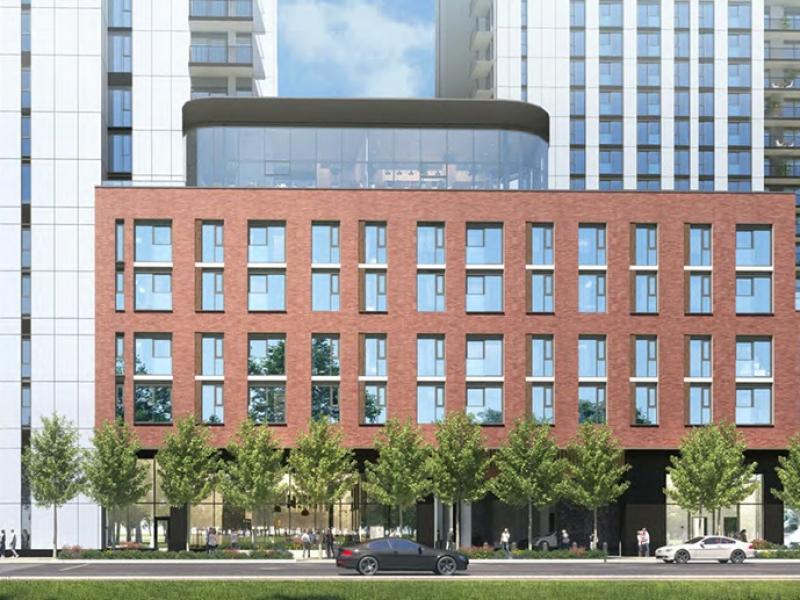Judging by last week’s economic update, the Liberals remain focused on two areas that have a big impact on real estate: family and infrastructure.

There are two key areas where the federal economic update will impact real estate, Columnist John Clark says.
Families with a stable financial situation are more inclined to commit to a big purchase.
Moves to help families
The Liberals continue to move in a positive direction this respect. They will index the non-taxable Canada child benefit to inflation two years earlier than planned and increase the refundable tax credit for low-income workers, for example.
The main takeaway from this is that little steps continue to be taken to stabilize family income.
More can always be done, but still, it’s progress. Providing families with predictability and stability in their finances allows them to be more certain in making spending decisions – including those related to the purchase of housing.
When associated with the other measures to defuse overheated real estate markets, this should lead to generally stable circumstances in the housing market in those parts of the country that have seen price instability in recent years.
The big issue remains infrastructure
I’ve said more than once that today’s infrastructure projects are tomorrow’s real estate investments.
A recent episode of the CBC program The Nature of Things had an interesting topic on the transformative impact of public projects.
This is nothing new. While the program focused on the construction of the Great Pyramid of Giza, the economic principle is the same.
Much more recently, we’ve seen dramatic socio-economic impacts from big projects like canals, railways, 400-series highways, airports, and electric distribution and generation. We also live in an age when billions upon billions of dollars’ worth of existing infrastructure is in dire need of repair.
New infrastructure investment creates short-term and near-term growth in employment in the construction trades. It also leads to longer-term job creation such as with the major transit projects taking place in major urban centres across the country.
Transit drives new real estate projects
In major centres, new transportation infrastructure inevitably stimulates greater economic activity. The appeal of living, working or setting up shop near a transit node drives land values and spurs development on new real estate projects.
This is already evident in advance of infrastructure project completion in cities such as Ottawa with its multi-phase light rail transit build. Once these projects come onstream it will lead to increased demand for the transit services themselves which will encourage additional expansion funding from government.
In small to mid-sized communities that have suffered the loss of anchor employers in recent decades due to offshoring, new infrastructure can encourage employers to set up shop and jobseekers to put down roots.
It can also turn that town into a bedroom community attractive to commuters looking to get further away from the congestion and inflated housing prices of a major city.
Billions still on the table
Infrastructure investment to stimulate the economy was a key pillar of the Liberals’ election platform two years ago.
Trudeau’s government also mandated the creation of an Infrastructure Bank to encourage more private sector participation from banks, pension funds, insurance companies and other long-term investors to help fund projects. I applauded this move – we need to attract private sector dollars to reduce the strain on the public purse.
Last week’s Economic Update indicated a continued commitment to infrastructure spending, but the dollars are not flowing as quickly as first anticipated. About $2 billion in planned spending has been shuffled to future years.
Such deferrals are not unusual and stem from project delays on the actual job site and the fact project partners may not submit receipts for reimbursement until project completion.
Also, the CBC did its own dig through the Infrastructure Canada website and concluded earlier this week that roughly $20 billion of $35 billion earmarked remains unspent across 13 different programs.
What does all this mean?
There’s plenty of government cash available, both for existing projects and for those yet to come online. This should prove to be good news for communities, developers and real estate investors across Canada in the years to come – provided of course, the current government policy is maintained.
Halfway through this mandate, the Liberals still have plenty to do.
To discuss this or any other valuation topic in the context of your property, please contact me at jclark@regionalgroup.com. I am also interested in your feedback and suggestions for future articles.







